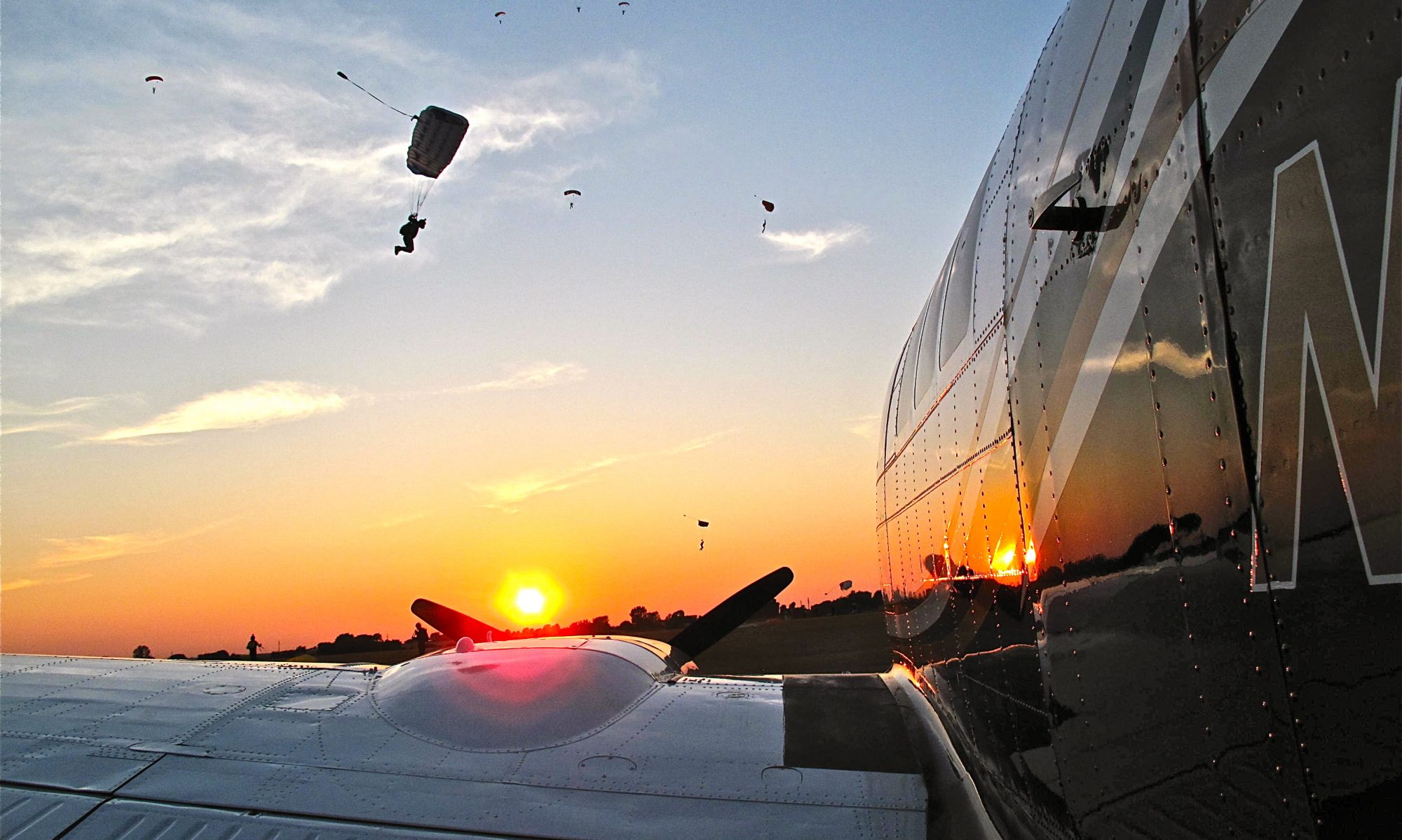The day finally came. Marcio’s first single engine ocean crossing. And let me tell you it was no picnic. First it was almost impossible to get the big guy into the survival suit he rented, even though it was size “JUMBO” Then once we squeezed the Brazilian toothpaste back into the tube I had to help get him into the tiny Cirrus cabin. It didn’t take long for him to realize that if he fully wearing the suite he A. Wouldn’t be able to fly, run the radio, navigate, or do just about anything. Basically an uncomfortable passenger with a better than average chance of dying. And 2. He’d lose a lot of weight on that leg because the thick neoprene suit was hot as balls.

Normally when I fly single engine pistons over a cold ocean environment I fly with the suit on but only around my waist. That way I’m a lot more comfortable and able to do things. Like fly an airplane. If I need to ditch all I have to do is put my arms in the sleeves and zip up the front. I practice it in every plane I ferry to make sure I can do the maneuver in the space I have in that particular plane. It’s usually tight and sometimes kind of difficult which is one of the reasons I fly as high as I can in order to give me as much time as possible to get set to ditch.
So I told Marcio to try my methould. (Jeeze, just getting his arms out of the suit was an ordeal.) Once he was stripped down to his waist he climbed into the front right of the Cirrus (another ordeal) closed the door and tried to simulate getting the suit all the way on in mid-flight.
Well. I won’t try and describe all the contortions, grunts and groans that that went into Marcio’s attempt get to get his arms into the neoprene sleeves but suffice it to say the key word in this sentence is attempt. After the “put your suit on in the cockpit” experiment failed miserably Marcio decided to fly with one arm in the suit. That way he’d be half way to getting his survival suit on. And if I could fly at 30,000 feet he might even have time to get it zipped up.
After coming up with that mediocre plan and not being able to think of anything else we needed to do that might delay or otherwise give us an excuse to not go, we went. The takeoff was just like every other ocean crossing takeoff. “Does the engine sound funny?” “What’s that smell? Does it smell electrical?” “Did you remember to check the oil?” “WHAT AM I FORGETTING???????!!!!!” The fear of the unknown can drive you crazy sometimes. I had to remember that I’d been doing this for 25 years at the time. This was Marcio’s first.
The crossing from Wick Scotland to Reykjavik Iceland is about 650 nautical miles and is the safest of the North Atlantic legs for a few reasons. First of all about halfway across is an airport at the Faroe islands that a pilot in trouble could divert to.( Kind of handy) Then there’s the fact that there’s good radio coverage along the entire route. (Agin handy in the event of trouble. You can yell for help and someone will hear you.) But last and most important is the rescue services that are available. Both scotland and Iceland have a fantastic Coast Guard to rely on in case of ditching. And with the Faroe islands in the middle there’s a good chance that you’ll be in range of helicopter rescue. Helicopters, good. Helicopters, fast. Boats, bad. Boats slow.

We climbed up to 24,000 feet in the turbocharged Cirrus set the power to long range cruise, sat back and got comfortable for the easy 4 hour flight. The plane would go a lot faster than the 165 knots we were cruising at but would burn a lot more fuel. Fuel that we might need if we ran into trouble. As we got closer to Iceland if everything was looking good with the weather and winds aloft we’d probably bump the power up in order to get to the bar quicker.
To be continued:
